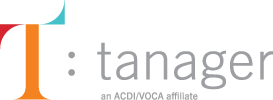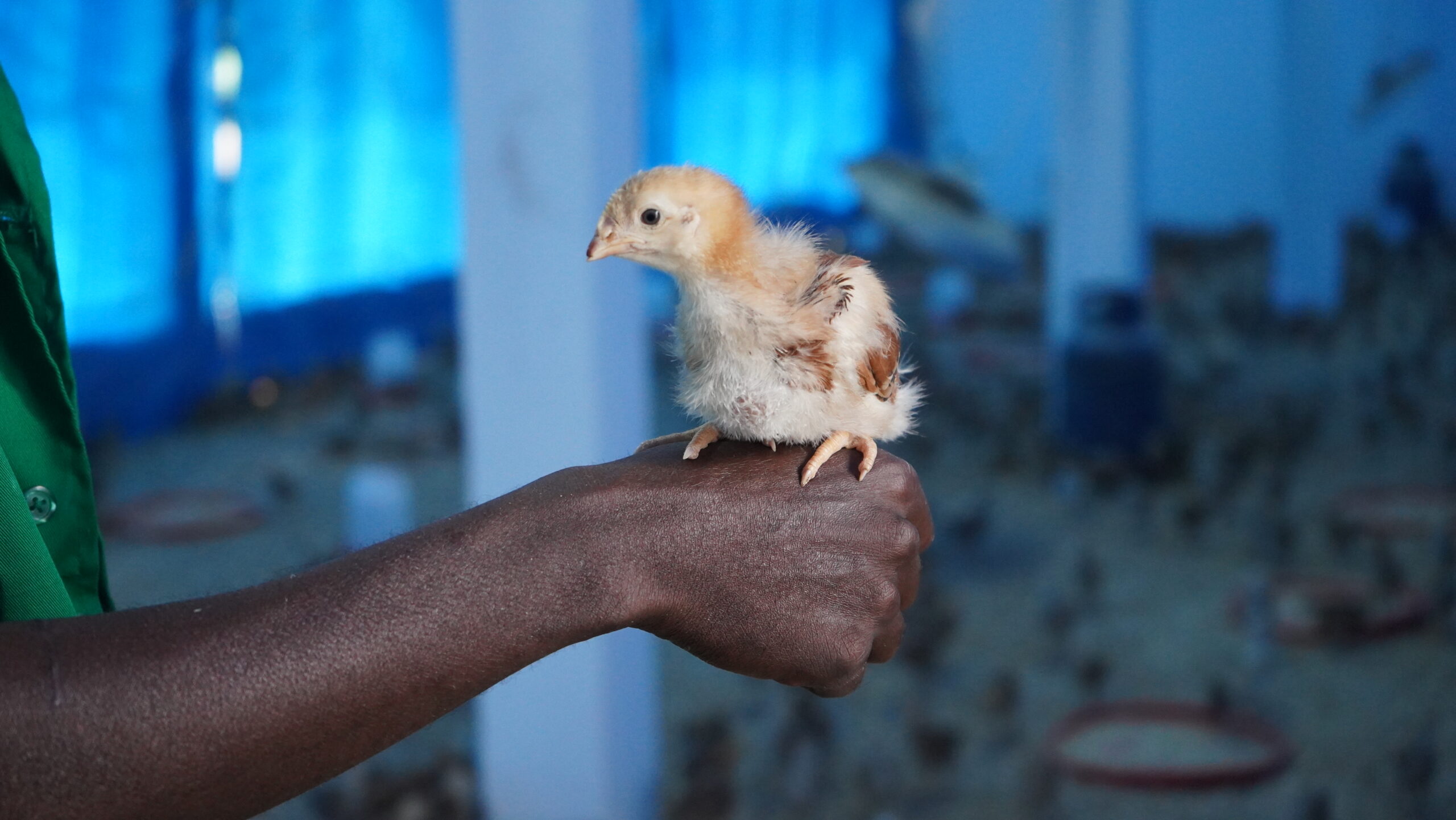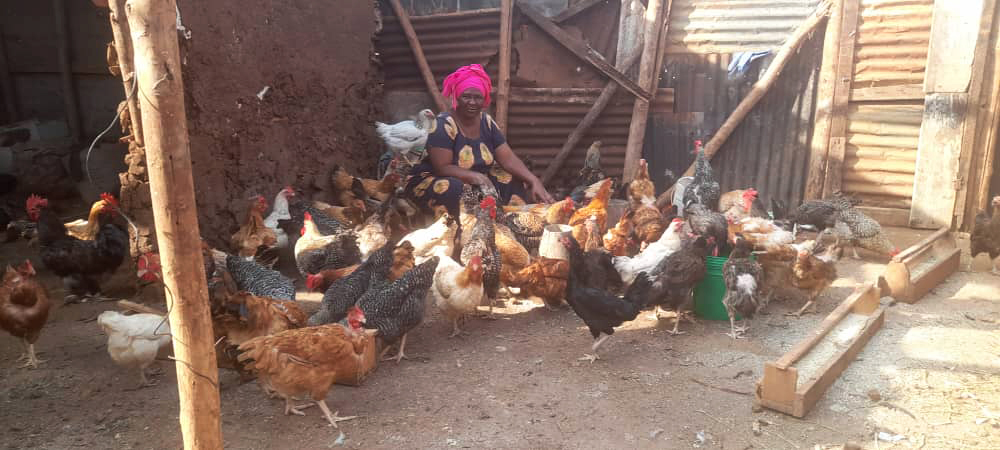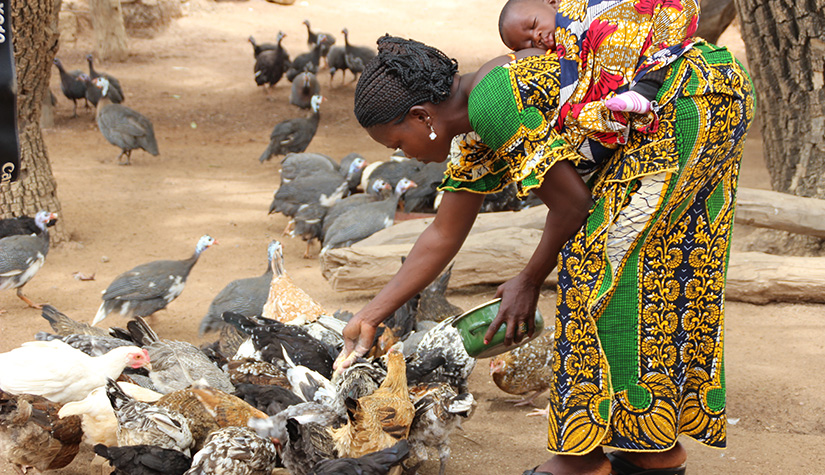
In many rural African homesteads, poultry farming is one of the primary economic activities that women engage in, due to its low capital and land requirements. Africa’s poultry sector also has significant economic and nutrition potential: It currently contributes 9% of Africa’s GDP but is on an upward trend. Meanwhile, chicken and eggs serve as a good source of protein.
Despite the sector’s contribution to increasing incomes, alleviating hunger, and improving nutrition, restrictive social norms often serve to undervalue women’s roles in the poultry value chain.
For more than a decade, Tanager has been working within Africa’s agriculture sector to improve nutrition outcomes and address gender issues affecting women’s economic empowerment. Through the SELEVER project and our partnership with the Africa Poultry Multiplication Initiative (APMI) under the Impacting Gender & Nutrition through Innovative Technical Exchange in Agriculture (IGNITE) project, Tanager has provided institutional strengthening, capacity building, institutional partnerships, and technical support on gender and nutrition integration.
Gender-Responsive Approaches for Improved Nutrition Outcomes
Since 2018, IGNITE—a technical assistance mechanism designed to improve household nutrition and women’s empowerment by strengthening African institutions’ ability to integrate gender and nutrition into their way of doing business and their agriculture interventions—has been supporting three of the APMI companies to incorporate gender and nutrition perspectives to improve nutrition outcomes and increase revenue in their poultry business. These companies—Silverlands in Tanzania, Hamara in Zimbabwe, and Amo Farm in Nigeria—provide dual-purpose breeds for increased egg and meat production as compared to the local indigenous breeds.
Tanager provided these APMI companies with a variety of support, including:
- Technical support on gender analysis;
- Assessments for informed decision-making;
- Capacity strengthening;
- The development of relevant tools (including the design of social and behavior change strategies) as well as client-tailored training modules and monitoring & evaluation frameworks; and
- Development of policies and strategies.
Impacts have been marked, according to the APMI companies that have worked with Tanager’s IGNITE team. Silverlands, for example, has embraced the issues of gender and nutrition, incorporating them into its teaching syllabus at its training center. Silverlands also prioritizes female customers—particularly those in villages—when selling chickens or mother units. “Maybe there isn’t a policy that has been written down, but you can clearly see it in the activities that are taking place, and you will be able to note that there’s a change, which can be attributed to our association with Tanager,” says a Silverlands representative.
Inclusive Sector Transformation
In Burkina Faso, Tanager’s Soutenir l’Exploitation Famaliales pour Lancer l’Elevage des Volailles et Valoriser l’Economie Rurale (SELEVER) project has developed robust interventions at institutional and smallholder producer levels, which have resulted in positive changes for gender and nutrition outcomes. Through the first and second phases of SELEVER, Tanager has contributed to the inclusive transformation of Burkina Faso’s poultry sector, which will also improve household nutrition outcomes. Under the second phase, which has been under implementation since 2020, Tanager has addressed market shortcomings in the poultry sector, increased women’s empowerment in rural communities, and increased the household consumption of nutritious foods.
Interventions have included, among other activities:
- Training smallholder poultry producers and village vaccinators—particularly the women engaged in these activities—to increase their technical capacity and production;
- Supporting the education and professionalization of different poultry sector actors;
- Connecting village vaccinators with local men’s and women’s groups to first engage more women in poultry production and to then support the health of their flocks;
- Providing financing and business support to select hatcheries and egg producers to increase the availability of quality chicks;
- Giving women the opportunity to develop self-governance skills while also saving money through women-only village savings and loan associations; and
- Providing nutrition and hygiene training to men and women at the household level as well as to restaurateurs and other poultry processors.
Now just past the halfway point, the SELEVER 2 project has already amassed some significant results. The percentage of small and medium poultry enterprises (SMEs) owned by women and supported by the project has also increased, from 24% to 42%. Since 2020, the program has trained approximately 46,000 individuals, including 4,500 smallholder producers, and facilitated the establishment of nearly 800 “pre-cooperatives” dedicated to poultry production within local communities. Notably, the project has fostered an increase in women’s ownership of small and medium poultry enterprises (SMEs), from 24% to 42%. Approximately 84% of women engaged in poultry production now also have access to at least one source of credit. Through an innovative impact fund, the project has invested $486,424 to support poultry SMEs, fostering entrepreneurship and economic empowerment within the poultry industry.
SELEVER 2 has also accrued impact at the national level: It supported the establishment of a national association of village vaccinators (AVEAB), which is already partnering with other sector actors to market locally produced products to rural communities, such as insect repellents to prevent malaria. It is supporting a government institution that offers poultry sector support (such as poultry feed and vaccine supply) to privatize. Finally, it is working with another government partner to formalize a poultry production training curriculum.
Lessons Learned
Over the past decade of project implementation, Tanager has learned a number of lessons related to gender and nutrition in Africa’s poultry sector: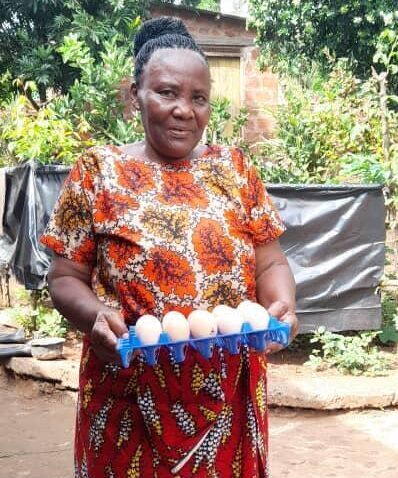
- Institutional gender policies and gender and nutrition strategies are pivotal in helping agricultural institutions to be more inclusive, equitable, and responsive to the diverse needs of all stakeholders. Such policies also facilitate the proper allocation of budgets toward integration measures. Though Hamara is still in the process of putting everything in writing, it has already instituted a gender and nutrition training for all new employees. “Sealing” that in writing, says a Hamara representative, is an important next step: “Once things are on paper and it is a policy for the company, it is beyond the current leaders—it is for everyone who comes in.”
- Actors at the local level are effective messengers for gender- and nutrition-sensitive poultry considerations. In Burkina Faso, for example, the AVEAB association of village vaccinators has proven an effective lever for engaging both men and women in poultry production, given its strategic positioning between input suppliers, buyers, and poultry producers. Similarly, field sales representatives for poultry breed suppliers, once sensitized to gender issues, now integrate nutrition and gender content into their routine messaging at the community level. “Working with the Noiler breed, we’ve tailored our messaging to emphasize on nutritional awareness to clients,” says a representative from Amo Farm.
- Gender empowerment training helps ensure that women’s perspectives are more readily considered in poultry operations. By understanding the nuanced ways in which gender dynamics intersect with agricultural practices and nutrition outcomes, personnel are intentional to tailor their interventions to address specific challenges faced by women in the poultry sector. For example, after receiving gender sensitization support from IGNITE, Amo Farm realized its prerequisites for smallholder farmers wanting to enter the Noiler business—such as the requirement to own land—didn’t account for cultural limitations that prevented many women from being able to own land. A gender-oriented review led to Amo changing its requirements and promoting a portable poultry pen that could be relocated if necessary. Says an Amo Farm representative, “Today we have more than 70% female clients.”
- Training, however, is an essential need to improve women’s participation and production. For the SELEVER 2 project, the AVEAB association remains an essential tool for training producers, given these village vaccinators’ proximity and the knowledge they have acquired as trainers. Because many of the vaccinators are women, it may also ease potential gender-related training barriers.
- Involving stakeholders at every stage of the value chain can enhance the effectiveness of nutrition messaging. Through the SELEVER 2 project, Tanager has extended nutrition education beyond rural community members to include poultry processors, thereby facilitating the dissemination of nutrition information to broader audiences.
Through the lessons learned and our ongoing initiatives, Tanager continues to advocate for gender equality and improved nutrition outcomes among poultry producers and all of Africa’s agriculture institutions.

